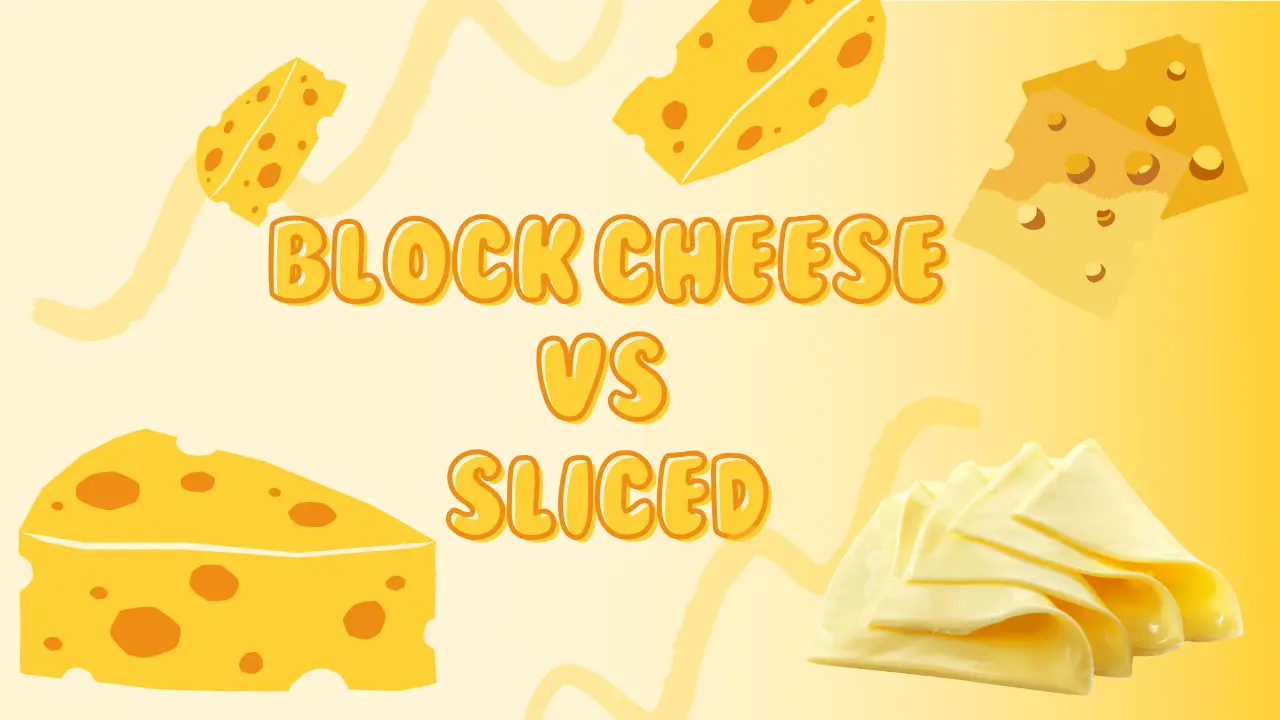Cheese comes in countless varieties, textures, and flavors, making it an indispensable part of many cuisines worldwide. Sliced cheese, in particular, is a convenient option for sandwiches, burgers, and even quick snacking. An incredible variety of sliced cheeses is available, ranging from sharp cheddars to mild mozzarellas, creamy havartis to tangy Swiss. Each type of cheese has its unique taste, texture, and melting properties that can enhance different dishes.
Popular Types Of Sliced Cheese
Cheddar
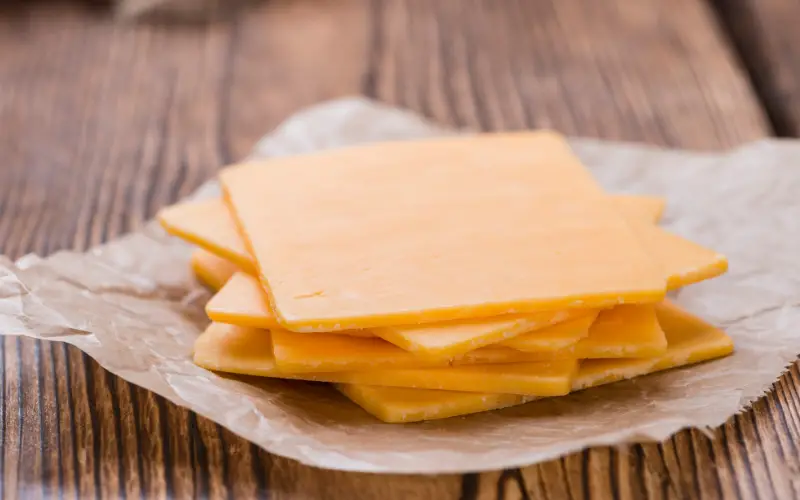
Originating from the English village of Cheddar, this versatile cheese is a staple in households across the globe. It comes in various forms, mild, sharp, and extra sharp, and can be white or orange. Cheddar is perfect for sandwiches, burgers, and even grilled cheese.
Swiss
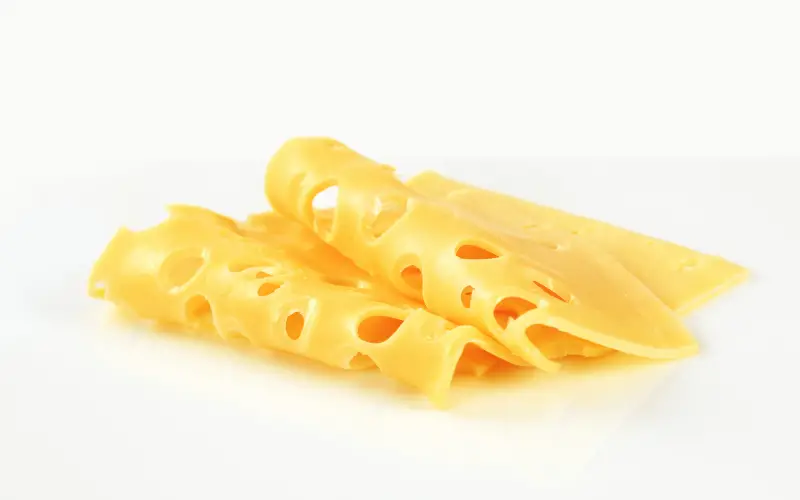
Swiss cheese is easily recognizable by its distinctive holes, which are created during the fermentation process. It has a pale yellow color and a mild, nutty flavor. Swiss is a popular choice for deli sandwiches and melts beautifully when heated.
Gouda
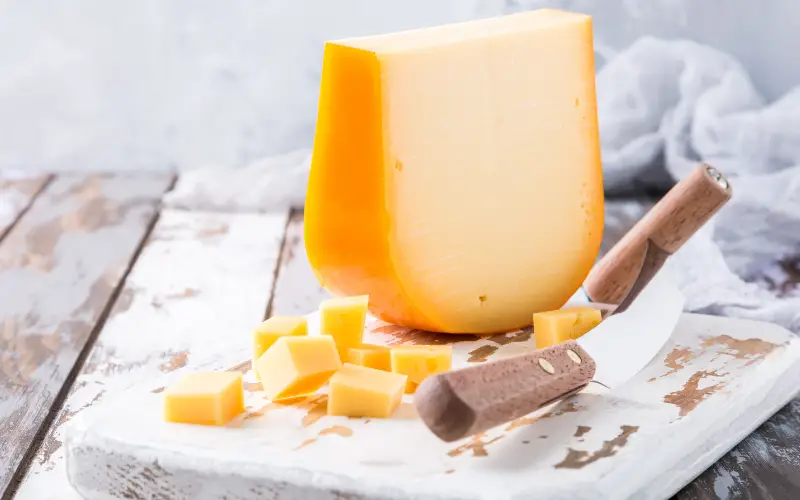
Hailing from the Netherlands, Gouda is a semi-hard cheese with a creamy texture and a slightly sweet, mild flavor. It comes in various ages, ranging from young and mild to aged and sharp. Gouda is excellent for snacking, sandwiches, and melting on pizza or pasta.
Provolone
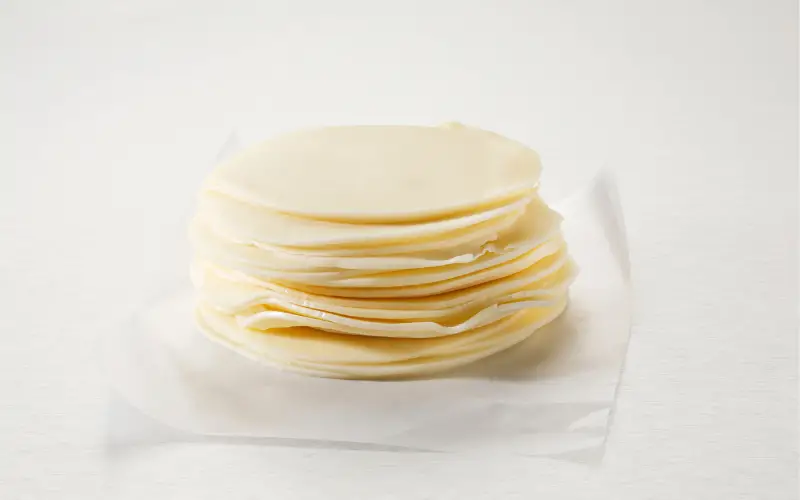
Provolone is an Italian cheese with a smooth texture and a slightly tangy flavor. It comes in two varieties: mild and sharp, with the latter being aged for a longer period. Provolone is a popular choice for Italian sandwiches, paninis, and subs.
Mozzarella
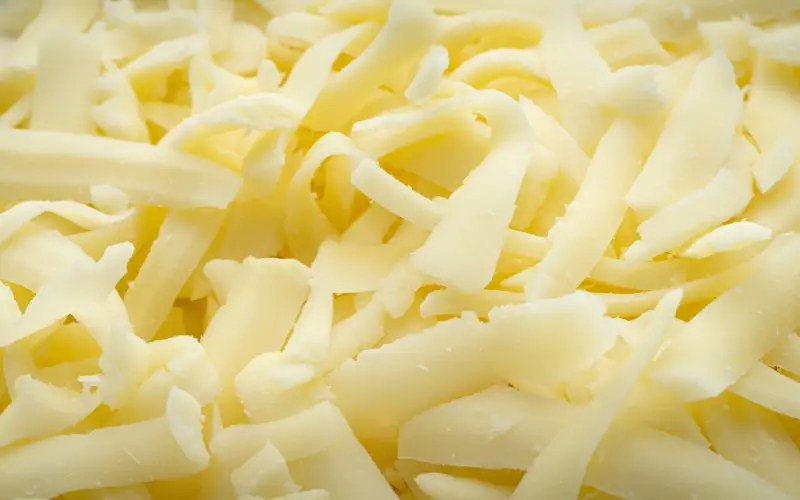
Mozzarella is another Italian favorite, known for its delicate flavor and soft, stringy texture. It’s made from cow or buffalo milk and is best enjoyed fresh. Mozzarella is a popular choice for pizza, Caprese salads, and paninis.
Specialty Types Of Sliced Cheese
Blue Cheese
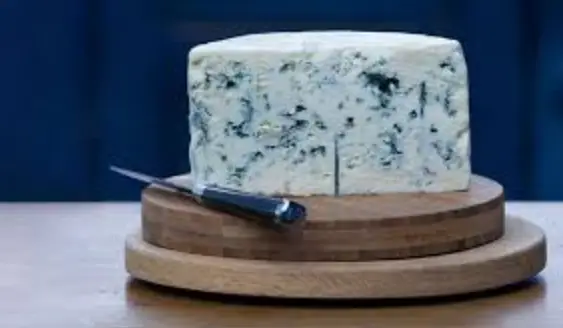
Blue cheese is characterized by its distinct blue veins and spicy aroma. It’s made from cow, sheep, or goat milk and has a crumbly texture and a strong, tangy flavor. Blue cheese is excellent for adding a bold flavor to salads, burgers, or sandwiches.
Brie
Brie is a soft, creamy cheese originating from France. It’s made from cow’s milk and has a buttery, mild flavor with a hint of earthiness. Brie is best enjoyed at room temperature and pairs well with fruit and crackers, making it a popular choice for cheese boards.
Feta
Feta is a brined, crumbly cheese that originates from Greece. It’s made from sheep or goat milk and has a tangy, salty flavor. Feta is often used in Mediterranean dishes like salads, sandwiches, and pasta.
Fontina
Fontina is an Italian cheese with a soft, smooth texture and a mild, nutty flavor. It melts beautifully, making it an excellent choice for fondue, grilled cheese, and paninis.
Havarti
Havarti is a Danish cheese with a buttery, creamy texture and a mild, slightly tangy flavor. It’s perfect for snacking, sandwiches, or melting in various dishes.
Vegan Cheese Alternatives
Cashew Cheese
Cashew cheese is a popular dairy-free alternative from soaked cashews blended with nutritional yeast and seasonings. It has a creamy texture and a mild, slightly tangy flavor, making it a versatile option for vegans and those with lactose intolerance.
Almond Cheese
Almond cheese is another dairy-free option made from ground almonds, water, and seasonings. It has a firmer texture than cashew cheese and can be sliced or shredded for sandwiches, salads, and more.
Soy Cheese
Soy cheese, made from soy milk, is a common vegan alternative to traditional dairy cheese. It comes in various flavors and styles, from cheddar to mozzarella, and can be used in many ways as traditional cheese.
Pairing Cheeses With Foods And Drinks
To enhance your cheese experience, consider pairing different types of cheese with complementary foods and beverages. For example, a sharp cheddar pair well with apples and bold red wine, while brie is best enjoyed with figs and a glass of Champagne. Experiment with various combinations to find your perfect pairing!
Storing Sliced Cheese
Store your sliced cheese in an airtight container or plastic wrap in the refrigerator to keep it fresh and flavorful. Avoid exposing cheese to air, which can cause it to dry out and lose its flavor. For best results, consume your cheese within a week of opening.
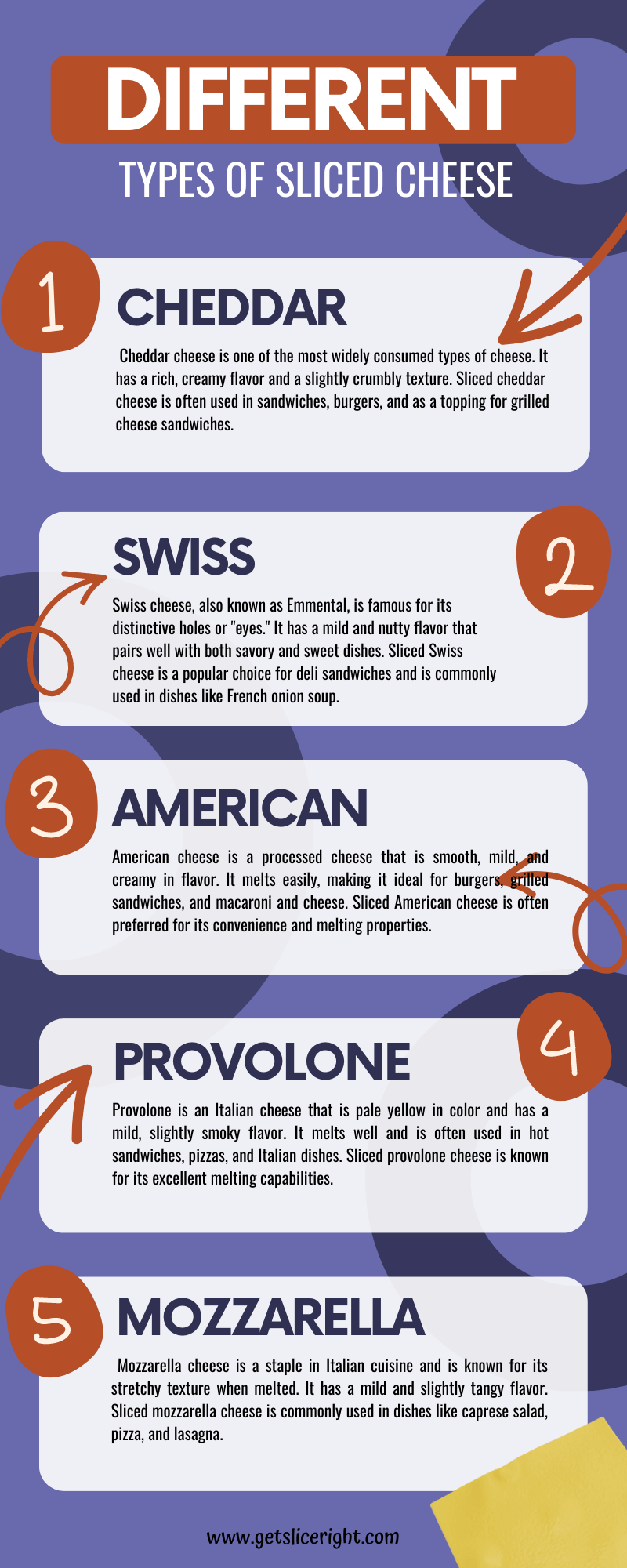
FAQs
What is the difference between white and orange cheddar?
The color difference is due to adding annatto, a natural food coloring, to orange cheddar. The flavor and texture of both varieties are typically the same.
Can I freeze sliced cheese?
While freezing sliced cheese is possible, it can alter the texture and make it crumbly when thawed. It’s best to store cheese in the refrigerator for optimal freshness and flavor.
Why does Swiss cheese have holes?
The holes in Swiss cheese are caused by carbon dioxide gas produced by bacteria during fermentation. The gas gets trapped in the cheese, creating distinctive holes.
What is the best way to serve brie?
Before serving, let the brie come to room temperature for the best flavor and texture. This makes the cheese soft and creamy, enhancing its natural flavors.
How can I tell if my cheese has gone bad?
Spoiled cheese may have an off smell, an unusual or moldy appearance, or a slimy texture. Trust your senses, and if you suspect your cheese has gone bad, it’s best to discard it and purchase a fresh one.
Table 3: Comparison of Different Types of Sliced Cheese
| Cheese Type | Origin | Texture | Flavor | Best Uses |
|---|---|---|---|---|
| Cheddar | England | Firm, crumbly | Mild to sharp | Sandwiches, burgers, grilled cheese |
| Swiss | Switzerland | Semi-firm, holey | Mild, nutty | Deli sandwiches melt |
| Gouda | Netherlands | Semi-hard, creamy | Sweet, mild | Snacking, sandwiches, pizza |
| Provolone | Italy | Smooth, firm | Mild to sharp, tangy | Italian sandwiches, paninis, subs |
| Mozzarella | Italy | Soft, stringy | Delicate, mild | Pizza, caprese salads, paninis |
| Blue Cheese | Varies | Crumbly, veined | Strong, tangy | Salads, burgers, sandwiches |
| Brie | France | Soft, creamy | Buttery, mild, earthy | Cheese boards, fruit, crackers |
| Feta | Greece | Brined, crumbly | Tangy, salty | Mediterranean dishes, salads, pasta |
| Fontina | Italy | Soft, smooth | Mild, nutty | Fondue, grilled cheese, paninis |
| Havarti | Denmark | Buttery, creamy | Mild, slightly tangy | Snacking, sandwiches, melting |
References
- Cheddar: Learn more about Cheddar cheese
- Gouda: Explore the world of Gouda cheese
- Provolone: Delve into the details of Provolone cheese
- Mozzarella: Uncover the story of Mozzarella cheese
- Brie: Find out more about Brie cheese
- Feta: Dive into the world of Feta cheese
- Fontina: Learn about the history and characteristics of Fontina cheese

John Hebdon is a food enthusiast, passionate chef, and author of various articles and blog posts related to food and cooking. With a deep love for all things culinary, John’s blog serves as a platform to share his extensive kitchen experiences with a broader audience.
In addition to his culinary expertise, John has a flair for writing and a natural ability to share his passion for food with others. His articles and blog posts are informative, engaging, and packed with practical tips for readers of all skill levels.
As a food enthusiast and writer, John is always on the lookout for new and exciting culinary experiences. Whether it’s trying out a new restaurant, experimenting with a new recipe, or simply sharing a favorite dish with friends and family, John is always eager to explore and share the world of food with others.



